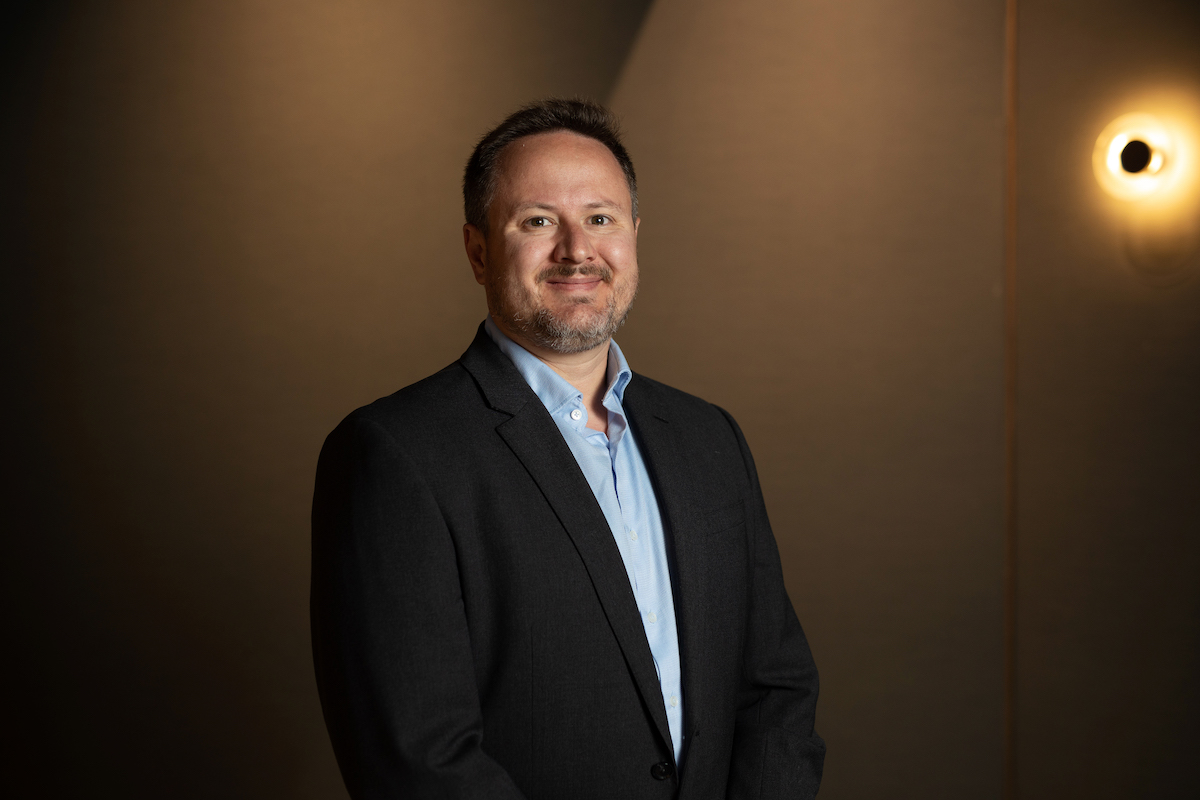Cronje Wolvaardt is Director of Impact Investing, Minderoo Foundation
What was your first job?
I was 13 when I got my first paid job, as a paperboy, in the UK. The job was seven days a week, almost 365 days a year. I remember having to drag myself up each morning, get on my bike and cycle to the newsagent, where I would check the list of papers that need to be delivered that day.
After sorting the papers, I was on my bike again to do my rounds before getting home around 7:00am so I could get ready for school. The most challenging part was trying to fit a Sunday Times through a tiny letterbox! In hindsight, this was a fantastic job for a teenager as it taught valuable lessons regarding discipline, time management and that rain, hail or snow, the job had to be done.
When did you know you wanted to work in finance/business?
I came to finance in a roundabout way. My first year at university I studied computer science and cybernetics. About a month into my second year, I decided to move back to South Africa to continue my studies at Stellenbosch. I pushed through the second year, but my heart wasn’t in it. I had always been interested in finance and economics. I had loved the subject at school and enjoyed these conversations around the dinner table. So, I switched my degree to accounting.
As an assignment for one of the classes, we competed to see who could pick stocks that generated the best return over a three-month period. I was hooked on the concept of investing. I was fortunate that my first “career” job was in the investment industry where I worked as an investment analyst, putting in place the foundation and learnings for what I am doing today.
When did you first discover the concept of Impact Investing?
I started at Indigenous Business Australia (IBA) in a M&A role. I was responsible for making investments, alongside Indigenous organisations, in businesses that delivered strong financial returns. The role also required me to structure the investments to generate a range of impact outcomes, including generating Indigenous employment, training and procurement. As we became more sophisticated in our investment offerings, I witnessed the impact that the strategic deployment of capital can have both on a broader system, as well as on the lives of individuals and communities. Ultimately, this cemented my love of impact investing.
What’s one exciting development you and your team have in the pipeline?
We are looking at a range of investment models and options in social and affordable housing. Given the size of the housing crisis in Australia, we believe that a collaborative approach will be required to make a difference. We are working with a broad range of organisations to determine how best we can deploy Minderoo Foundation’s resources to have the greatest impact, especially for people at the lower end of the housing continuum. We are exploring models that involve a range of stakeholders with different sources of funding, including various levels of Government, impact investors and institutional investors.
What was the most interesting impact deal (from any team across Asia/Pacific) in the past 12 months?
Minderoo has been involved in several impact deals over the past 12 months, but one that has had a strong multiplier effect is a US$5 million investment in the Global Fund for Coral Reefs (GFCR). GFCR focuses on investments that will grow the blue economy in a sustainable way in the tropical belt where a cycle of subsistence and poverty persists, particularly in small island nations.
Minderoo’s investment unlocked an additional US$25 million investment from the United Nations’ Green Climate Fund, effectively having a five times multiplier effect. In addition, the United Nations has allocated a grant of up to US$125 million to support investments made by GFCR, including by providing technical assistance, concessionary funding and grants, allowing for a blended finance investment. I think this is a great example of how different sources of funding can work together to drive increased impact.
Name one high impact company (globally) that investors should keep their eye on?
We come across a large number of new and interesting impact focussed companies. However, thinking about the global and growing problem of plastic waste, one which stands out, is a California-based company called Cruz Foam, in which we have invested. Cruz Foam is looking to replace single use plastic foam products with naturally derived alternatives. The beauty of their product is that it will break down in soil almost completely within 60 days and is designed to utilise existing plastics manufacturing infrastructure with minor adjustments, allowing a rapid scale up and the potential for price parity with existing plastic foam products. We continue to monitor Cruz Foam closely as it progresses through the prototype and pilot phase towards commercialising its products and we remain excited about the potential systemic change the company could deliver.
What’s your vision for impact investing in 5 years time?
In five years’ time, I would love for impact investment to have become mainstream, where it is considered just investing, and not a sub-set or specific type of investing. I hope that we will see significant institutional funding competing for impact investment opportunities, driving significant sustainable change.

